 We all know those people who are really good with their hands, though this is not their paid work. Like my neighbor, Danny, who built a chicken coop last Fall, or my brother-in-law, David, who created built-in bookshelves spanning his living room wall. I’m awed by these people. Were they born with an uncommon gene cluster that supports building ability? They seem so unlike me in this way.
We all know those people who are really good with their hands, though this is not their paid work. Like my neighbor, Danny, who built a chicken coop last Fall, or my brother-in-law, David, who created built-in bookshelves spanning his living room wall. I’m awed by these people. Were they born with an uncommon gene cluster that supports building ability? They seem so unlike me in this way.
But the more I think about it, their success lies as much in having a “can do” attitude, as in possessing good visual-spatial skills. My husband, Todd, and I have a “think we can, but we’re a little nervous” mentality when we consider building things.
However, we both want to teach our kids how to do things for themselves. We don’t want their only option to be paying someone else to do maintenance and repairs. Yet, they wound up with us as parents.
A little back story: Over the past year, it’s been much more challenging for my sons, Stephen 12 and Daniel 10, to share a room. As experienced parents are no doubt aware, boys of similar ages have a strong magnetic attraction housed deep within their bodies. This magnetic pull makes it impossible for one boy to walk past the other without being sucked into his space and bumping him.
Luckily for us, we (like the Brady Bunch’s Carol and Mike before us) were in the possession of a fairly livable basement room. The time had come to turn it into a bedroom. We began the process this past summer.
Step One was creating a bigger window with a deeper window well. For a room to pass as a bedroom according to code, it must contain a window through which a big ole firefighter with all his equipment can enter. Our basement room already had windows, but only a very slender firefighter whose buddies carried his equipment in through another entrance could have fit through.
We hired one of our neighbors, Kent, a contractor and carpenter, after informing him we wanted to do as much of the work as possible. Kent’s face lit up when he heard he wouldn’t be digging, breaking up concrete, and painting. We gathered our kids around while Kent explained our parts of the job. Stephen and Daniel were highly motivated for this project because it meant their own rooms at the finish. Annie, our 7 year-old, was less excited about digging a 6 foot wide, by 5 1/2 foot deep hole outside our house.
“Brutal. There’s no other word for it,” Kent pronounced, when explaining the digging. “More dirt will come out of that hole than you ever imagined.”
It was a blazing August when we began to dig (with the help of a rented jack hammer). When you sweat, the dirt sticks to your exposed skin. Not just the fine dust, but small clumps of damp, loamy earth clung to our bodies. However Stephen, soon in the hole up to his thighs, soldiered on.
Since our project was in full view of neighborhood goings on, we soon garnered onlookers offering encouragement. Todd, Stephen, and I took turns in the hole, filling one bright orange work bucket at a time. Then Daniel and Annie would empty the bucket into a creaky wheel barrow and dump the dirt into various designated spots.
Three brutal, exhausting days later, the mammoth hole was dug. Annie was thrilled because she figured a big hole was sure to keep away the burglars she worried about at bedtime, like a moat.
After another week, the concrete guy came to cut a bigger window hole out of our foundation. Sawing cement takes much longer than cutting wood. We got to know him well. By day’s end, a grey cloud of cement dust hung ominously over our side of the street.
Next we broke up the cement, and the boys hauled the pieces away. Meanwhile, Kent was busy with another project. This meant we literally had a 6×5 foot hole in our house for a week (covered with a flimsy piece of wood). I spent a lot of energy that week trying not to think about that hole.
Eventually the window was complete. We lowered a painted, metal window well into our hole and used some, though nowhere near all, of our excess dirt to fill in around it.
In the end, we saved $3,500 by doing our own work. But we also taught our kids how one tackles a big project. They saw that if you don’t know how to do something, it’s worth consulting with someone who does. They learned that hard, sweaty, brutal work, is part of the process, and they experienced the feeling of pride that comes from doing something themselves.
I know the digging experience has stayed with Stephen because in September his Language Arts teacher assigned a writing project on “one of the things you did this summer.” When I asked him what he ended up writing on, Stephen replied, “Digging the big hole!”
______
Recommended reading: Living Simply with Children: A Voluntary Simplicity Guide for Moms, Dads, and Kids Who Want to Reclaim the Bliss of Childhood and the Joy of Parenting, by Marie Sherlock.
I really savored this book because, unlike many of its kind, this one presented an overall mindset for this type of parenting, in addition to offering simple living suggestions. This is a bedside table regular in my home.
However, other friends of mine experienced this book as too preachy, and thus it didn’t motivate them to undergo eco-minded parenting changes. It’s worth checking out at least, to see which category you fall into!





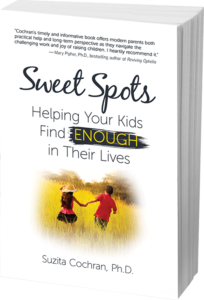 Sweet Spots: Helping Your Kids Find ENOUGH in Their Lives. Available in paperback or kindle.
Sweet Spots: Helping Your Kids Find ENOUGH in Their Lives. Available in paperback or kindle.
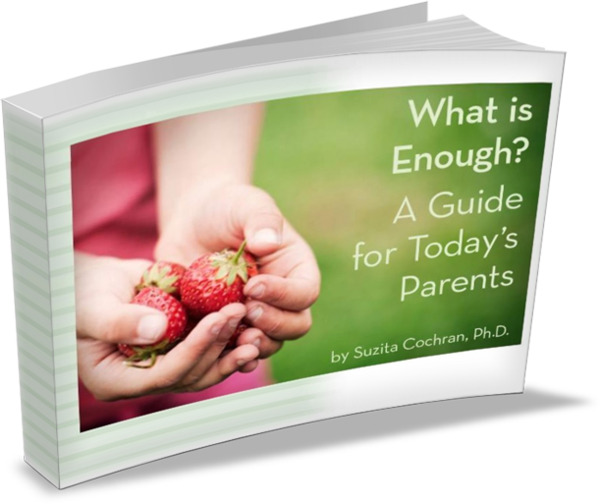 Click here for free eBook.
Click here for free eBook.


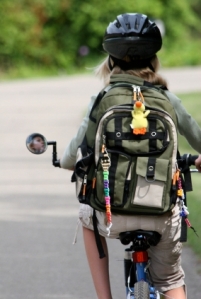
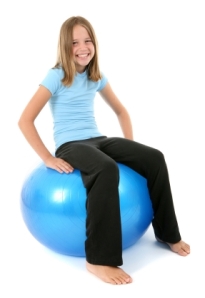


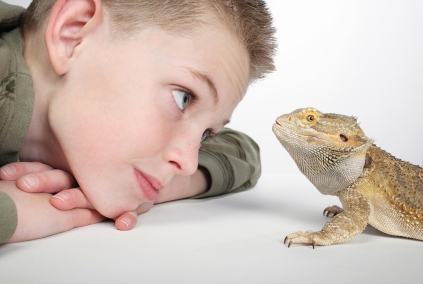


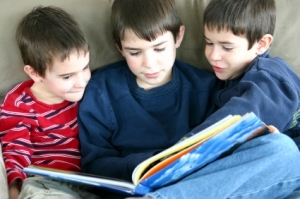


 Sweet Spots: Helping Your Kids Find ENOUGH in Their Lives.
Sweet Spots: Helping Your Kids Find ENOUGH in Their Lives.